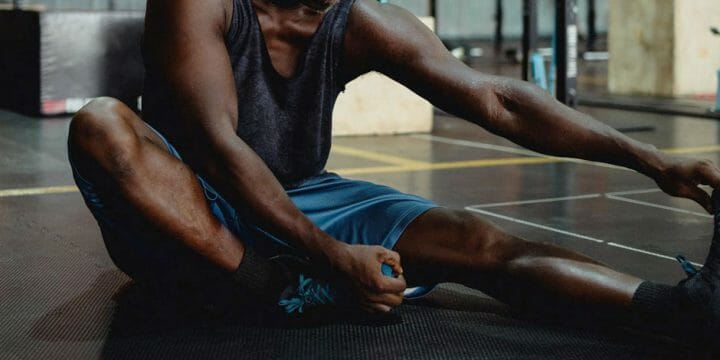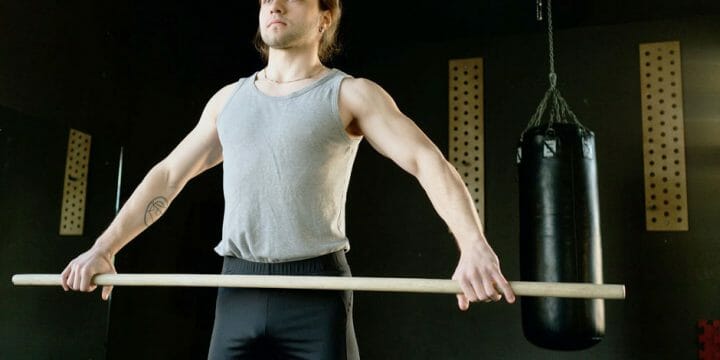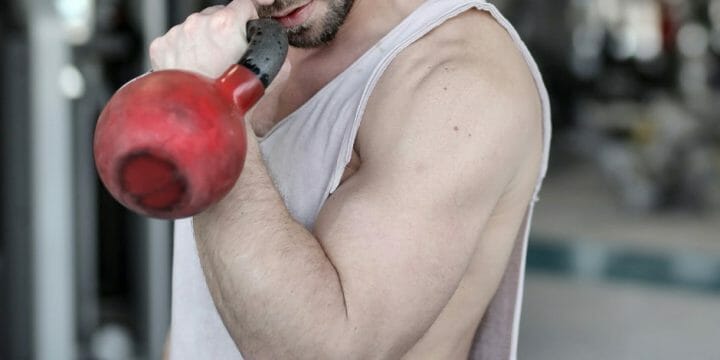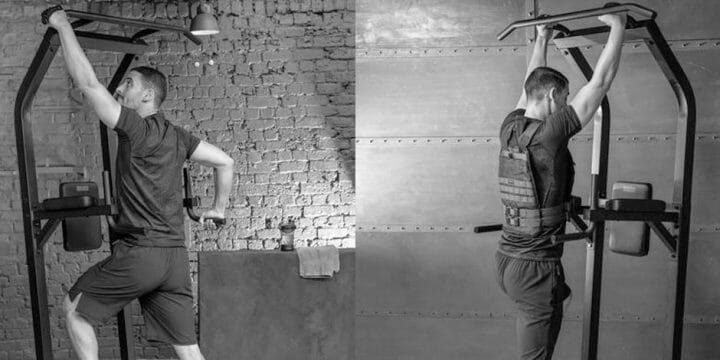As a fitness trainer who’s constantly on the drive to find the best mobility exercises for my clients, the around-the-world exercise showed more promise the more I read about it.
Seeing the impressive results "Around the World" exercises brought to my clients, from increased flexibility to better muscle tone, inspired me to share this knowledge through this article.
I’m writing this piece to show how to do this exercise in proper form.
Let’s get started.
Quick Summary
- "Around the World" exercises, available in standing and lying-down variations, are versatile for enhancing shoulder stabilization and mobility with different equipment options.
- The standing variation targets shoulder muscles, while the lying-down variation primarily works the pectoralis major and shoulders.
- A study in the Journal of Science and Medicine in Sport highlights the importance of warming up with shoulder circles before 'Around the World' exercises to effectively prevent shoulder injuries.
- As a seasoned coach, I recommend 'Around the World' exercises as excellent warm-up or finishing moves in workout routines, particularly when paired with high-quality protein powder, to effectively boost strength and enhance upper body mobility.
How To Do the Around the World Exercise

In my training sessions, I've used "Around the World" exercise variations with different equipment like dumbbells, weight plate, and even without equipment, making it an adaptable exercise for all my clients.
This exercise has two variations: standing and lying down.
Both target different muscle groups and build strength and mobility.
1. Standing Around the Worlds
To do standing around the world, you will need a weight plate and enough room to move your arms around.
Here’s how:
- Begin by standing with your feet about shoulder-width apart, holding the weight plate at chest level with arms parallel to the floor and elbows slightly bent.
- Keep your back straight and engage the core muscles.
- Begin to rotate the plate until it’s above your head (it’s okay to bend your elbows fully at this point).
- From the overhead position, continue the movement back to the starting position as you slowly straighten your arms with your elbows slightly bent.
- Repeat for reps and switch directions.
2. Lying-Down Around the Worlds
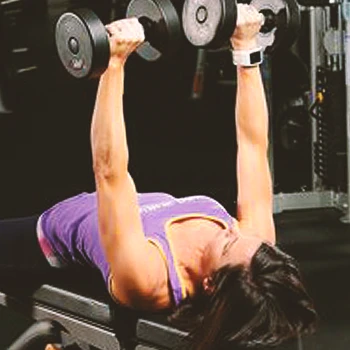
To do lying around the world, you will need a pair of light weights (preferably a pair of light dumbbells) and a flat bench.
Here’s how you perform them:
- Begin by lying on a flat bench facing the ceiling with a dumbbell in each hand.
- Straighten both arms, palms facing each other, as if you were beginning a dumbbell fly.
- Keeping your arms straight, lower them behind you in a straight line as you slowly turn your wrists so your palms face the ceiling (you should feel a slight stretch in your chest muscles).
- Next, lower your arms until they’re perpendicular to your torso. Hold this position till you feel a slight burn in your shoulder muscles.
- Lower your arms down towards your hips.
- Raise your arms back to the starting position.
- Repeat the entire movement for reps, or you can move the dumbbells in the reverse direction back to the starting position.
What Are the Benefits of the Around the World Exercise?
The benefits of 'Around the World' exercises include significant improvements in shoulder stabilization and grip strength, making them ideal for warm-ups before intense lifting sessions.
Muscle Groups Involved
The standing variation of the around-the-world exercise targets your shoulder muscles.
From my perspective as a senior coach, I find that the lying-down "Around the World" primarily works the pectoralis major, and when done slowly, effectively targets the shoulders as well.
“This [around the world exercise] isn’t a great mass builder, but it’ll leave your pecs pumped and sore, so it’s a great chest workout finisher.”
- Patrick Dale, Ex-Marine
Related Articles:
How To Incorporate Around the Worlds Into Your Workout
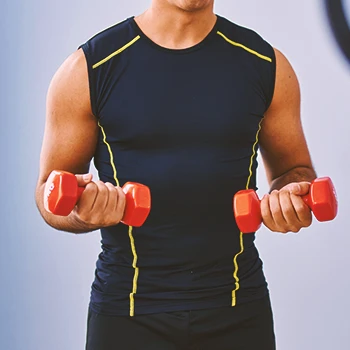
Exercise around the world isn’t the best option for hypertrophy, and using a heavy weight to do this exercise could potentially injure your shoulder muscles.
So, they’re best employed as warm-up or finisher exercises.
In my training routines, I often incorporate "Around the Worlds" as warm-up exercises to enhance strength and mobility before diving into chest or shoulder workouts.
Additionally, you can do them as a final exercise after a chest or shoulder workout to really feel the burn.
Safety Precautions
From my professional experience, here are some essential safety precautions to keep in mind when performing the "Around the World" exercise:
- Warm-up: Before doing the around-the-world exercise, warm up your shoulders with shoulder circles to prepare them for the weight you’re about to carry and prevent injury, as recommended by a study published in the Journal of Science and Medicine in Sport [1].
- Use proper form: Performing around the world with proper form can help you avoid unnecessary shoulder injuries.
- Start light: In addition to proper form, it’s best to do this exercise with a very light weight to prevent injury.
- Rest and recovery: Finish your chest day with this exercise for intense pec soreness, and consider a quality protein supplement for muscle recovery, as advised by a study in the Frontiers journal [2].
FAQs
Are Around the Worlds a Good Workout?
Yes, around the worlds are a good workout. It’s highly beneficial for your shoulders and pectorals. It also helps you isolate the pecs and improves your mind-muscle connection.
How To Do Around the World Chest Workout?
To do an around the world chest workout, you need to isolate your pecs when doing the exercise. This requires establishing a mind-muscle connection and making your pecs the target muscles.
Are Around the Worlds Good for Abs?
Yes, around the words are good for abs. To engage this muscle group, keep the core flexed as you go through the movement.
References:
- https://pubmed.ncbi.nlm.nih.gov/16679062/
- https://www.ncbi.nlm.nih.gov/pmc/articles/PMC6142015/
About The Author
You May Also Like
